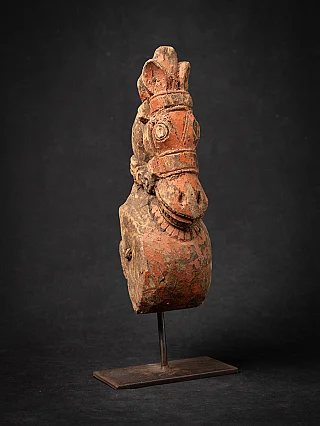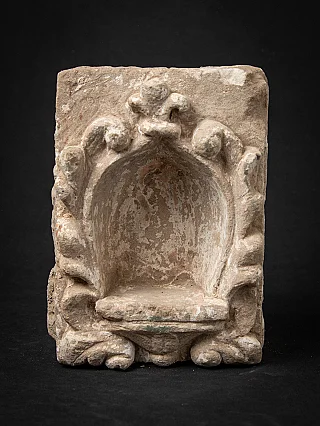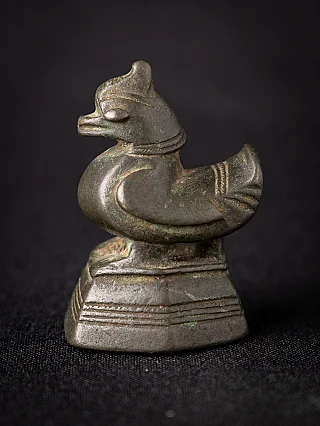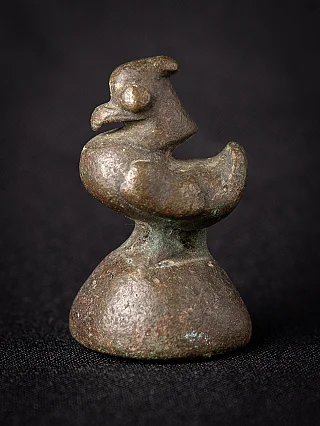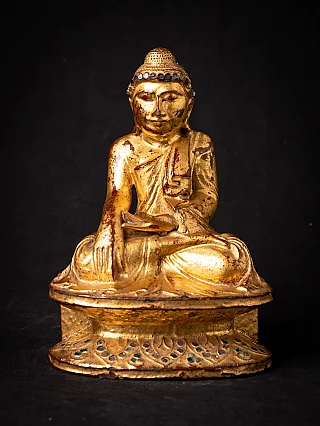Shravasti - Eight Important Pilgrimage Site
Author : Peter Vredeveld

Lord Buddha had spent most of his monastic life in the Gangetic plains of Northern India, Southern Nepal, and its surrounding areas. Thus, these places are deemed most important since these places had experienced some of the significant events of Lord Buddha. Thus, four sites are most worthy of pilgrimage of Buddhist followers, and Gautama Buddha is said to have identified these four sites as most worthy and are called the Four Most Important Pilgrimage Sites. They are Lumbini, Bodh Gaya, Sarnath, and Kushinagar. But in later Buddhist tradition, the other four sites were given a special status since these sites had experienced certain miracles by Lord Buddha. Thus, these eight sites are known as "The Eight Great Places" or Attha-mahathanani. These four sites are Shravasti, Rajgir, Sankassa and Vaishali.
Shravasti
Shravasti is an ancient kingdom located in the Gangetic Plains of Ancient India and is sacred to Buddhists all around the globe. Shravasti is also known as the place of the Twin Miracle since Lord Buddha showed his supernatural abilities in performing miracles. Shravasti was believed to be one of the six largest cities in ancient India during the lifetime of Gautama Buddha. Shravasti is closely associated with the life of Gautama Buddha because it is the place where Lord Buddha stunned the non-believers with a millionfold manifestation of himself, seated on the thousand-petaled lotus and emanated fire and water from his body and thus Shravasti became a popular as it experienced the Twin Miracle. It is also believed that Gautama Buddha spends 24 Chaturmases in Shravasti. It is also an important center for the believers of the Jain religion since Sobhanath temple is believed to be the birthplace of Tirthankara Sambhavanath of Jainism.
History

According to Buddhist tradition, the city was called Savatthi since Sage Savatthi used to live there. Shravasti was one of the developed cities in ancient India and was the capital city of the Kingdom of Kosala. It was said that the city of Shravasti was located on the bank of river Aciravati, which is popularly known as Rapti River in the present. The town was beautiful, with its diversity and vast agriculture. It is believed that around 180 million people used to reside in the city of Shravasti during the lifetime of Lord Buddha. King Pasenadi of the Kingdom of Kosala was Lord Buddha's disciple and one of Gautama Buddha's chief patrons. Other chief patrons of Shravasti were Visakha, Suppavasa, and Anathapindika.
Gautama Buddha had spent most of his monastic life in Shravasti. Gautama Buddha first visited Shravasti at Anathapindika's invitation. The main monasteries of Shravasti are Jetavana and the Pubarama. King Pasenadi commissioned the construction of another famous monastery of Shravasti, the monastery of Rajakarama, which is the exact opposite of the Jetavana. It is said that of four Nikayas of Buddhism, around 871 suttas were preached in Shravasti. Around 844 suttas were preached in the monastery of Jetavana, 23 in the monastery of Pubbarama, and the remaining four in the suburbs of Shravasti. Thus, Shravasti became where Lord Buddha taught the most significant amounts of suttas and instruction.
Popular attraction of Shravasti
Shravasti is believed to possess a magical charm that enlivens tired tourists instantly. Many attractions in Shravasti possess quite a history of the life of Buddha and the teachings of Buddha.
They are:
- Jetavana Monastery
Jetavana Monastery is one of the most famous Buddhist monasteries in India. It is the second monastery that was donated in respect to Lord Buddha.
- Place of Twin Miracle
This is where Lord Buddha is believed to emanate fire and water out of his body and where the Twin Miracles took place.
- Shobhanath Temple
This old temple at Shravasti is dedicated to Jain Tirthankara and is quite popular among Jain people.
- The Anandabodhi Tree
It is believed that Gautama Buddha meditated under this tree for a night and blessed all those devotees who meditated under it.
Share this page

















